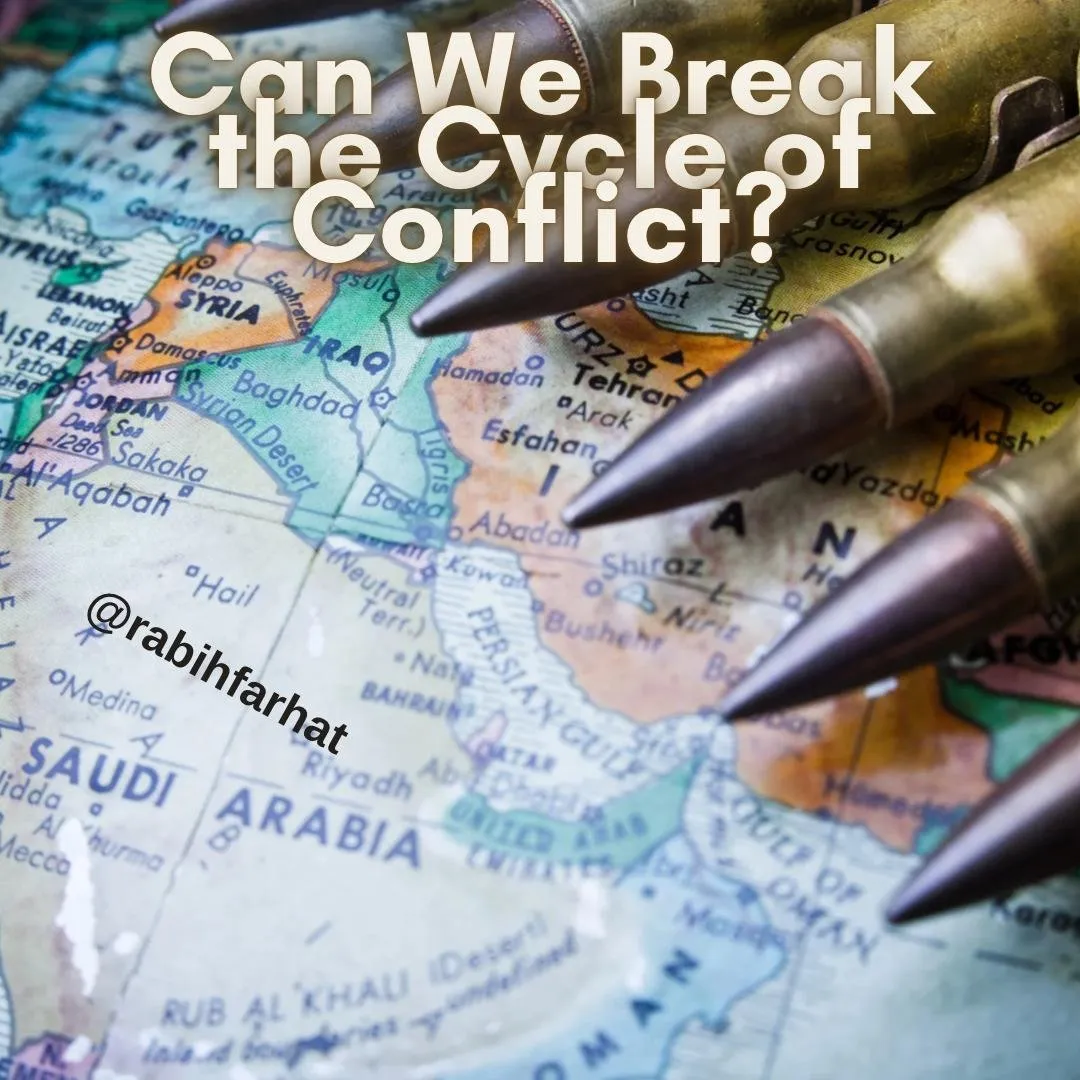Introduction
All the introductions that populate global maps lead to results that may be titled “World War III.”
There is an unprecedented military, security, and political conflicts, and a race competition for influence that has reached its limits. When we look at the American counter-response on the Syrian and Iraqi lands, we will discover that there are paradoxes created by the turbulent events in the region, and it does not start from Gaza and does not end at the borders of the Red Sea. Rather, it’s expanding to Pakistan and Afghanistan, all the way to Ukraine, Taiwan, the South China Sea, and the Pacific Ocean, and at the heart of that is the Arabian Sea and the Indian Ocean, passing through the clashes of fleets in the Mediterranean. (And this is only what I was able to remember or know about). Yet what was hidden can be even worse.

All evidence takes us back to the period before World War II when discordant political blocs emerged because they had a similar path. Nazi Germany wanted to take over Europe, so it rushed to occupy many European countries, and so did fascist Italy, when it wanted to form an empire in the Mediterranean basin and then take over Africa. Not far from that, nationalist Japan moved to control the Pacific Ocean, China, and East Asia.
These blocs did not belong to one idea, but they met in goals against other powers, which were represented by Western Europe, Central, Northern, and Eastern Europe at that time, and these goals were the establishment of three great empires that would control international decision-making, global trade paths, and the acquisition of natural resources. This is what happened about 85 years ago.
Now it seems that history is retracing the same path. There are clashes between different blocs on the geopolitical stage: We have China, Russia, and Iran on one side, and America, the European Union, NATO, and some countries on which they have strategic relations on the other hand.
Isn't this the same old scene that preceded World War II, intending to divide the world?
Perhaps it is a carbon copy of what happened at that time. We are facing an American move in the Middle East to try to curb Iran. This reminds us of the Allies’ narrative in World War II against Nazism and fascism when they said that their attacks were counter-responses against military actions, which the Nazis committed. It can be an accurate observation that America now follows the same ideas as the allies at the time.
The same policies appeared in the Russian-Ukrainian war. Ostensibly the Russian side started the military action against Ukraine, so the other party considered their defense of Ukraine to be a counter-response to the original Russian action. The same applies to Taiwan and the South Chinese Sea, where this subject is flammable at any moment.
So, all of these data lead to one scenario “a third world war”, and unlike the previous two wars, this time the weapons used will be the ones empowered by artificial intelligence, in addition to the fact that most of the clashing powers possess mass destruction weapons, and this puts us in front of one of the most dangerous catastrophic scenarios. Which may be seen on world maps.
There is a question that comes to our minds. Can this catastrophic scenario be avoided?
Conclusion
While a single party might not be able to manage a large-scale war since significant challenges stand in the way. The ongoing military race, all along with economic instability, has widened the gap between various nations' capabilities. Creating an uneven playing field and raising questions about the feasibility of unilateral action.
If the idea that the United States of America has developed a strategy for the twenty-first century, which is based on waging one war against one country, and not two wars against two countries at the same time, in addition to the fact that the three competing blocs (Russia - China - Iran) want to clash for they want to become international powers in a multipolar world without a Third World War, so this may lead to war occurring without the will of its parties.
Therefore, the reality of the turbulent world requires thinking outside the box, preventing the burning of global maps.
*Image designed using Canva